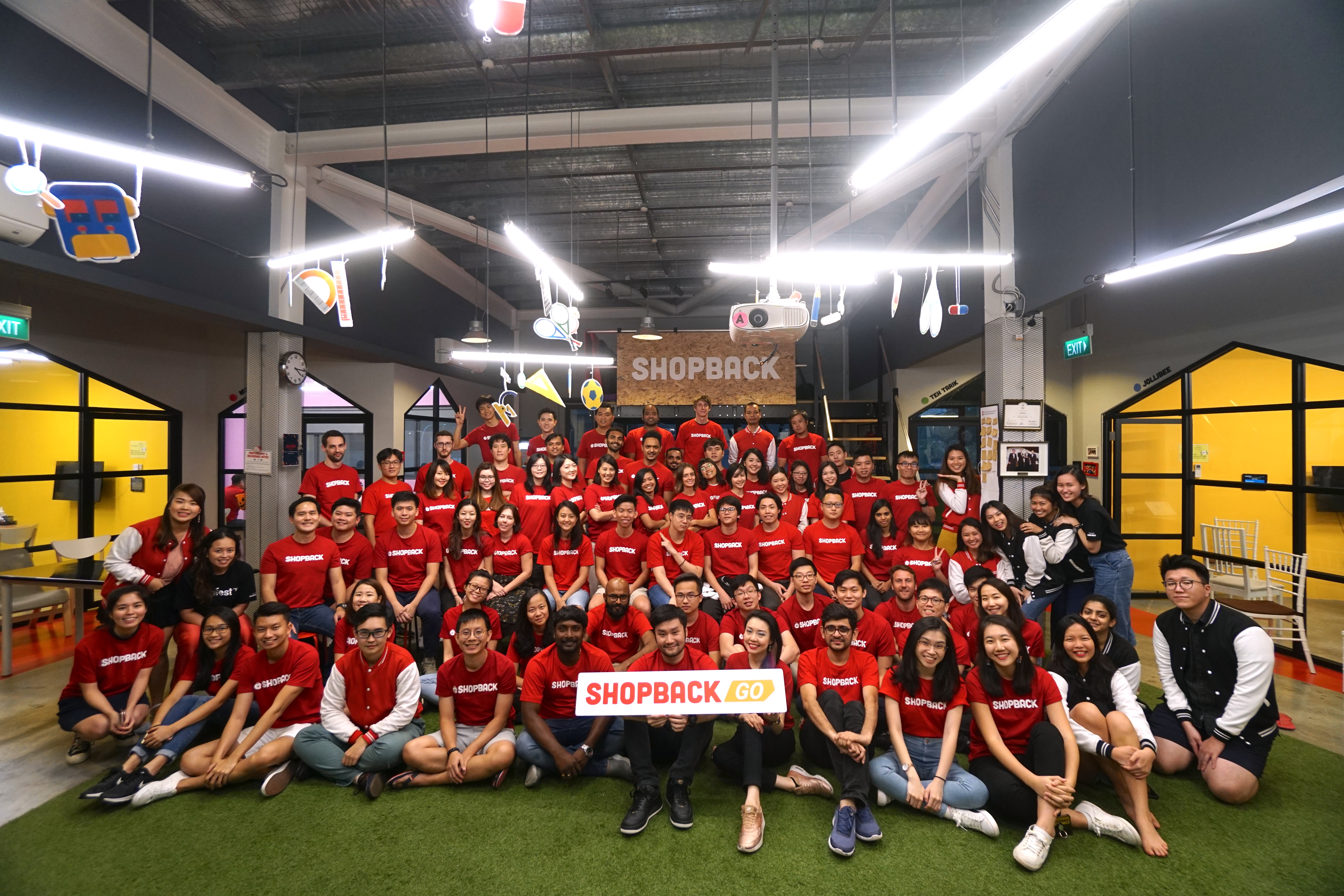Established in 2014, ShopBack connects merchants with consumers, offering up to 30% cash back after a purchase is made on its platform. ShopBack adds value for parties on both sides of the transaction, so it grew quickly, and within three years was serving more than 1,300 merchants from Thailand, Indonesia, the Philippines, Singapore, Malaysia, and even Taiwan.
Last year, Shopback expanded to Australia. It now operates in seven countries and territories across the Asia-Pacific region, with over 2,000 seller partners on board. The company claims to facilitate over 2.5 million monthly transactions, and closed its USD 45 million financing round in April this year, bringing its total funding to USD 83 million to date.
KrASIArecently spoke with Samantha Soh, the co-founder and product designer of ShopBack. She told us about what she and her partners did right in the early days of the company, and unpacked one mistake that they had to overcome.
KrASIA (Kr): What are two good choices that you made during the nascence of your company?
Samantha Soh (S): We started off with our customers in mind. Obsessed with our users, we began by getting feedback from strangers, through “McDonald’s Testing” or “Starbucks Testing”, where we took our mock-ups and headed to the nearest public place to get strangers to test our product. That’s the best method to get fast feedback from non-users of your platform!
Another choice that paid off would be the decision to have what we call daily stand-up meetings. It helps us understand what each ShopBacker is doing and most importantly how everyone is contributing to the company’s growth.
Kr: What was one misstep that you had to overcome?
S: During one of the year-end shopping sales, there was a huge influx of traffic and we didn’t have enough servers to handle the volume. We were definitely not prepared for that surge, and it resulted in web crashes; we even lost thousands of orders in one minute. It was traumatic, but we learned about the importance of thinking ahead and to prepare for the unknown.
This article is an entry of “Startup Stories,” a series whereKrASIA’swriters speak with the founders of young companies in Southeast Asia.
